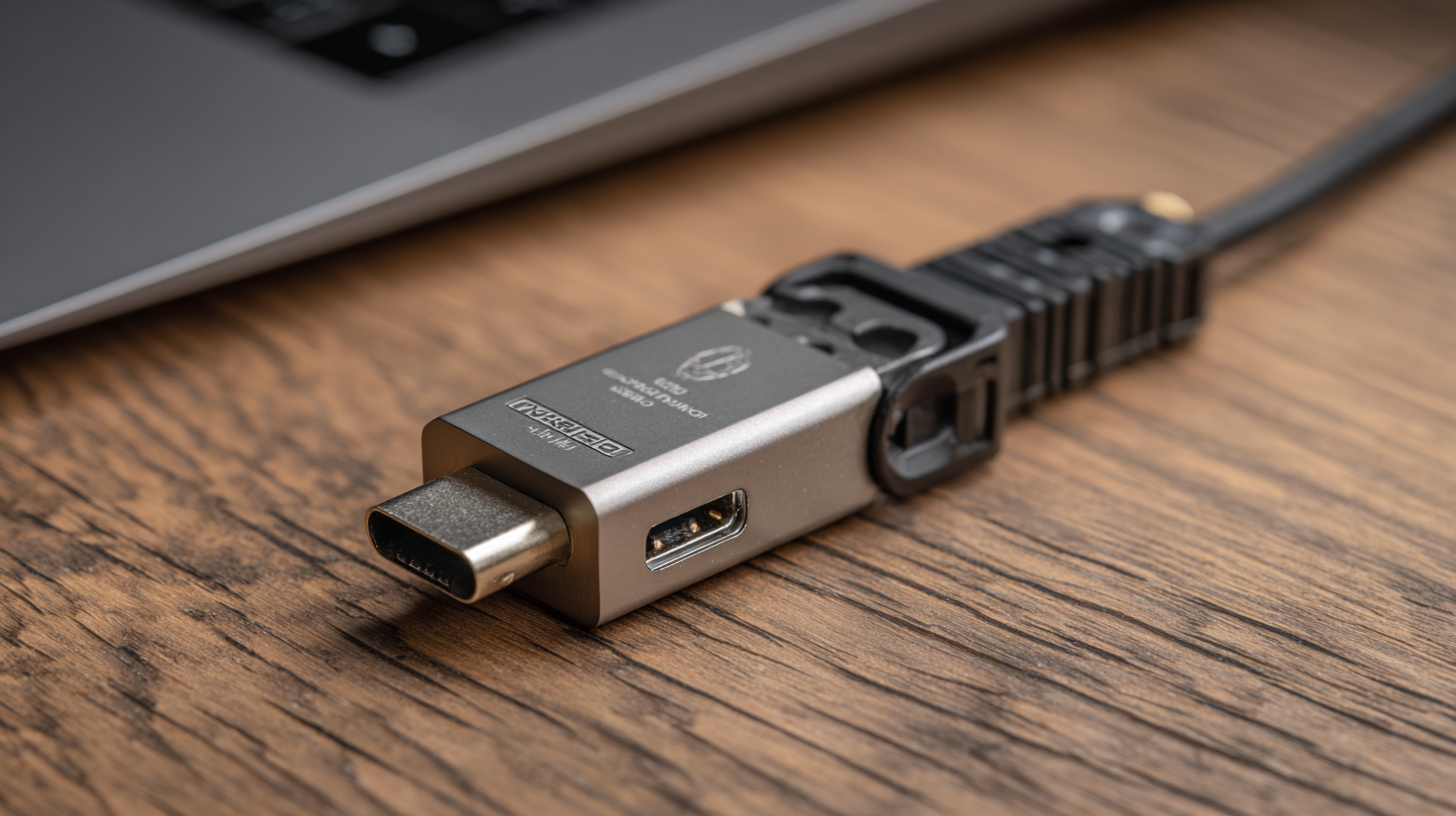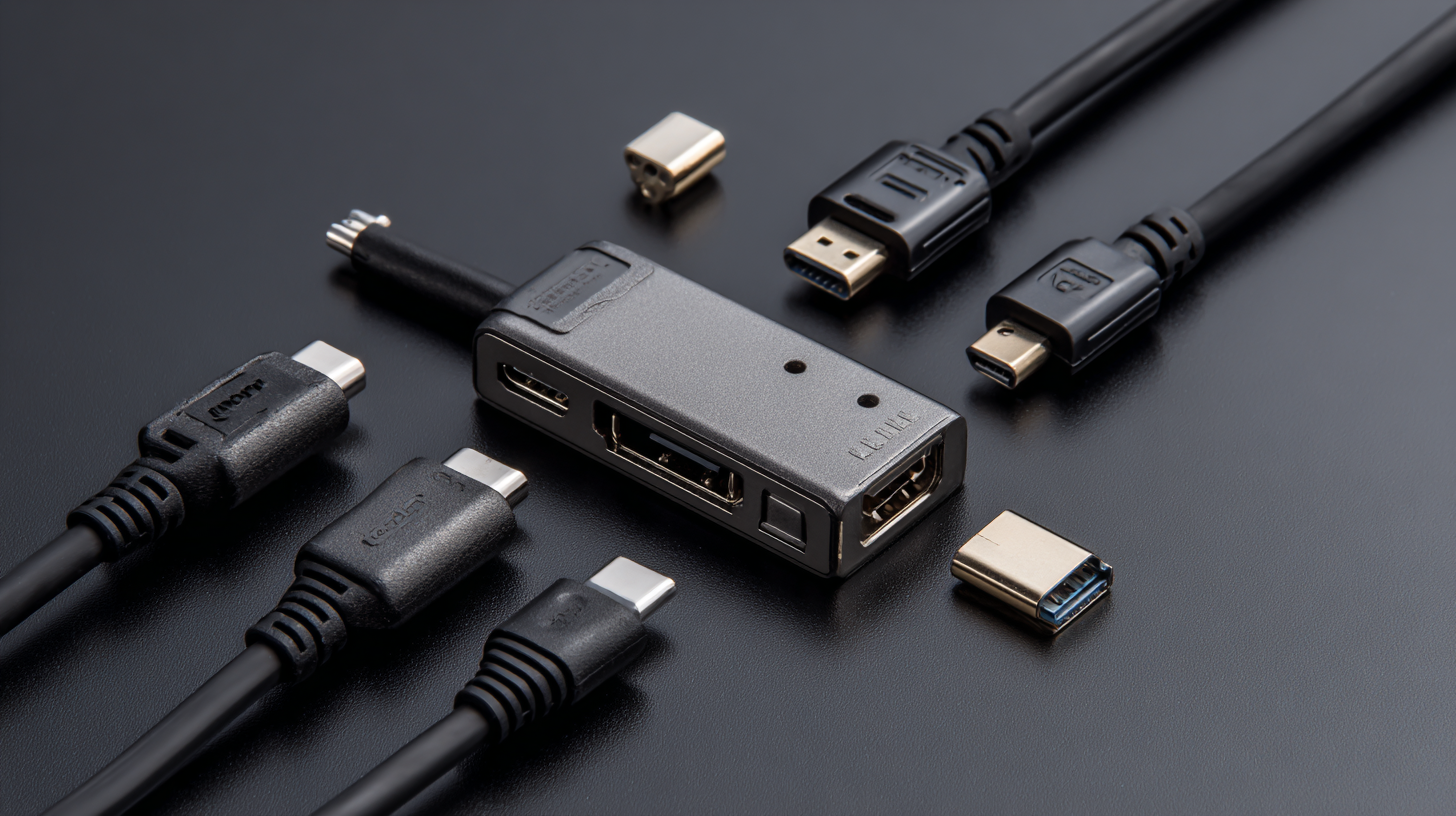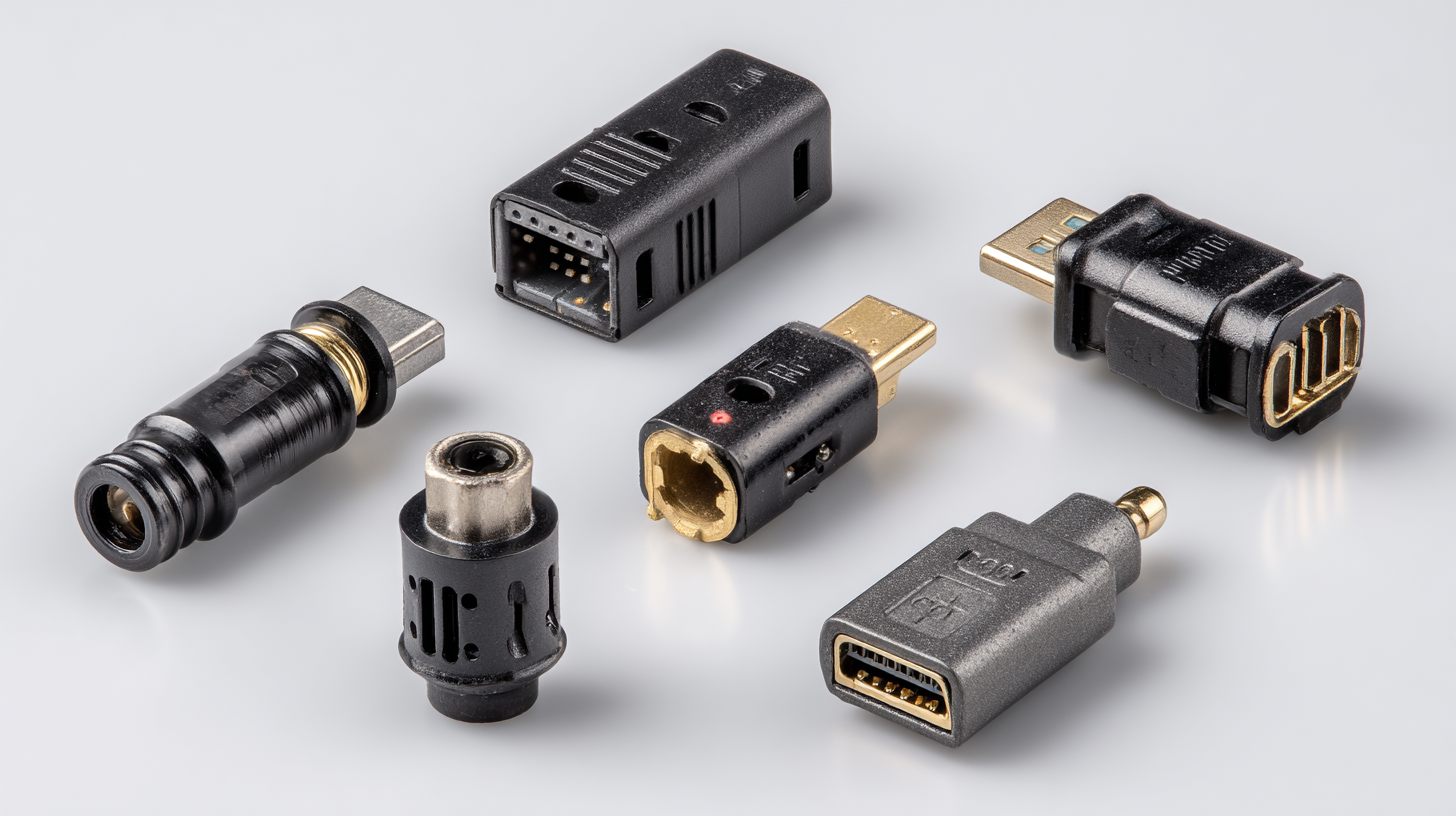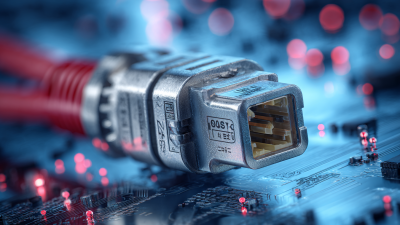


In an increasingly interconnected world, the demand for versatile and efficient connectivity solutions is paramount. The advent of Small Multifunctional Connectors has revolutionized how we approach connectivity across various applications, from consumer electronics to industrial machinery. These compact and innovative connectors not only enhance the performance of devices but also contribute to space-saving designs, making them an essential component in modern technology.

As we gear up for 2025, the market is brimming with a plethora of options, each offering unique features and advantages. This article aims to highlight the top 10 Small Multifunctional Connectors that stand out for their versatility, reliability, and performance. Whether you're a designer looking for the perfect connector for a project or an engineer aiming to optimize systems, our curated list will provide insight into the best picks that promise to elevate your connectivity experience.
Delve into the world of Small Multifunctional Connectors and discover how these innovations are shaping the future of connectivity.
In 2025, the landscape of multifunctional connectors has evolved significantly, catering to a wide range of technological needs. These connectors, known for their versatility, support various protocols, allowing seamless integration between disparate devices. Whether in consumer electronics, automotive applications, or industrial machinery, their importance cannot be understated. The trending designs focus on compactness and efficient data transfer rates, making them ideal for modern gadgets.
When selecting a multifunctional connector, consider the type of devices you plan to connect. For example, USB Type-C connectors have gained popularity due to their universal compatibility and power delivery capabilities. Moreover, keep in mind the physical limitations of your space—opt for slim designs that can easily fit into tight configurations without compromising functionality.
**Tip:** Always check for the supported data transfer speeds and power ratings to ensure optimal performance. Also, consider investing in connectors with built-in durability features, such as corrosion resistance and robust casing, to prolong lifespan even in challenging environments. This attention to detail can save time and costs in the long run, especially in critical applications.

When searching for versatile connectivity solutions, there are several key features that should be prioritized. First, flexibility is essential, as the ideal connector should support multiple protocols and standards to ensure compatibility with various devices. This adaptability allows users to streamline their setups, whether connecting legacy equipment or the latest technology. For instance, advancements in multiprotocol wireless applications are shaping how devices communicate, exemplified by recent developments in microcontroller technology that enhance connectivity options for diverse use cases.
Another critical aspect is performance. As connectivity demands increase, particularly with the advent of high-speed networks and 5G technology, solutions must offer reliable data transfer rates without compromising on speed. High-speed interfaces have become a cornerstone in modern systems, driving efficiency and responsiveness in data-intensive applications. Additionally, robust design and durability are paramount, ensuring that connectors can withstand the rigors of different environments while maintaining signal integrity. Such considerations are vital when assessing products designed for both consumer and industrial markets, where versatile functionality meets high-performance criteria.
In the ever-evolving landscape of electronics, small multifunctional connectors have become a critical component, enabling diverse connectivity solutions across various applications. According to a recent report by MarketsandMarkets, the global connector market is projected to reach USD 86.97 billion by 2026, growing at a CAGR of 5.5% from 2021. This growth is driven by the increasing demand for compact and efficient connectivity solutions in consumer electronics, automotive, and industrial sectors. As devices become smaller and more integrated, the need for connectors that can support multiple functions while maintaining reliability and performance is paramount.
Among the top contenders for 2025 are connectors leveraging advanced technologies, such as USB Type-C and M.2 interfaces, which support data transfer, power delivery, and video output in a single compact form. The demand for these multifunctional connectors is not just limited to consumer electronics; industrial automation systems are also increasingly adopting these technologies to enhance interoperability among devices. With expected advancements in material science and engineering, the future of connectors looks promising, ensuring high speed and performance without compromising on size.
 Multifunctional connectors are increasingly vital across various industries, ensuring seamless integration and versatile connectivity. In sectors such as telecommunications, these connectors facilitate the transmission of data and power, often reducing the need for multiple connection points. This simplification is essential in modern networks, where efficiency is paramount, and troubleshooting complex setups can be time-consuming. Industries such as aerospace and automotive have also adopted multifunctional connectors to meet the stringent demands of lightweight design and reliability, contributing to overall performance and safety.
Multifunctional connectors are increasingly vital across various industries, ensuring seamless integration and versatile connectivity. In sectors such as telecommunications, these connectors facilitate the transmission of data and power, often reducing the need for multiple connection points. This simplification is essential in modern networks, where efficiency is paramount, and troubleshooting complex setups can be time-consuming. Industries such as aerospace and automotive have also adopted multifunctional connectors to meet the stringent demands of lightweight design and reliability, contributing to overall performance and safety.
Moreover, the medical field benefits significantly from these advanced connectors. In medical devices, multifunctional connectors enable streamlined connectivity for monitoring and diagnostic equipment. The ability to combine various signal types—such as power, data, and control—into a single connector not only saves space but also reduces the risk of connection errors. With the increasing push towards miniaturization in electronic devices, multifunctional connectors help manufacturers create compact and efficient designs that enhance patient care and operational efficiency. As technology continues to evolve, the applications for multifunctional connectors are set to expand, further showcasing their importance across diverse industries.
The connector technology landscape is on the brink of transformative advancements as the global industrial networking solutions market is projected to surge from $4.01 billion in 2025 to an astounding $125.84 billion by 2032, reflecting a remarkable compound annual growth rate of 17.8%. This rapid growth underscores the increasing demand for versatile connectivity solutions that can cater to diverse applications. High-performance connectors are becoming pivotal in this transformation, particularly in the realm of AI and high-speed communications.
As the industry evolves, the integration of optical and electronic technologies is anticipated to play a significant role. Leading manufacturers in the field of high-speed connectors are recognizing the necessity of collaborating closely with suppliers of fiber optics and optical modules. Such partnerships are essential to develop innovative solutions that can meet the burgeoning needs of advanced telecommunications. The transition to these next-generation connectivity technologies, particularly driven by the rapid deployment of 5G, is reshaping the landscape and positioning high-speed connector solutions at the forefront of this evolution.
| Connector Type | Key Features | Applications | Future Trends |
|---|---|---|---|
| Mini USB | Compact size, data transfer up to 480 Mbps | Mobile devices, cameras | Growing use in portable electronics |
| Lightning Connector | Reversible design, power delivery | Apple devices, accessories | Increased installation in IoT devices |
| HDMI Mini | Supports 4K video, audio return channel | Cameras, tablets, projectors | Ubiquity in multimedia devices |
| USB-C | Universal compatibility, fast data transfer and charging | Laptops, smartphones, devices | Dominating mobile and computer connectivity |
| MHL (Mobile High-Definition Link) | HD video and audio output | Smartphones, televisions | Expansion in home entertainment systems |
| TNC Connector | Threaded coupling for secure connections | RF applications, antennas | Increased demand in communications |
| RJ45 Connector | Ethernet compatibility, flexible design | Networking equipment | Adoption in smart homes |
| FPC/FFC Connector | Space-saving, flexible ribbon connectors | Displays, TVs, laptops | Growing usage in compact devices |
| Cannon Connector | Durability, robust design | Audio equipment, industrial devices | Increased use in live event technology |






